Home>Gardening & Outdoor>Landscaping Ideas>When To Cut Decorative Grass
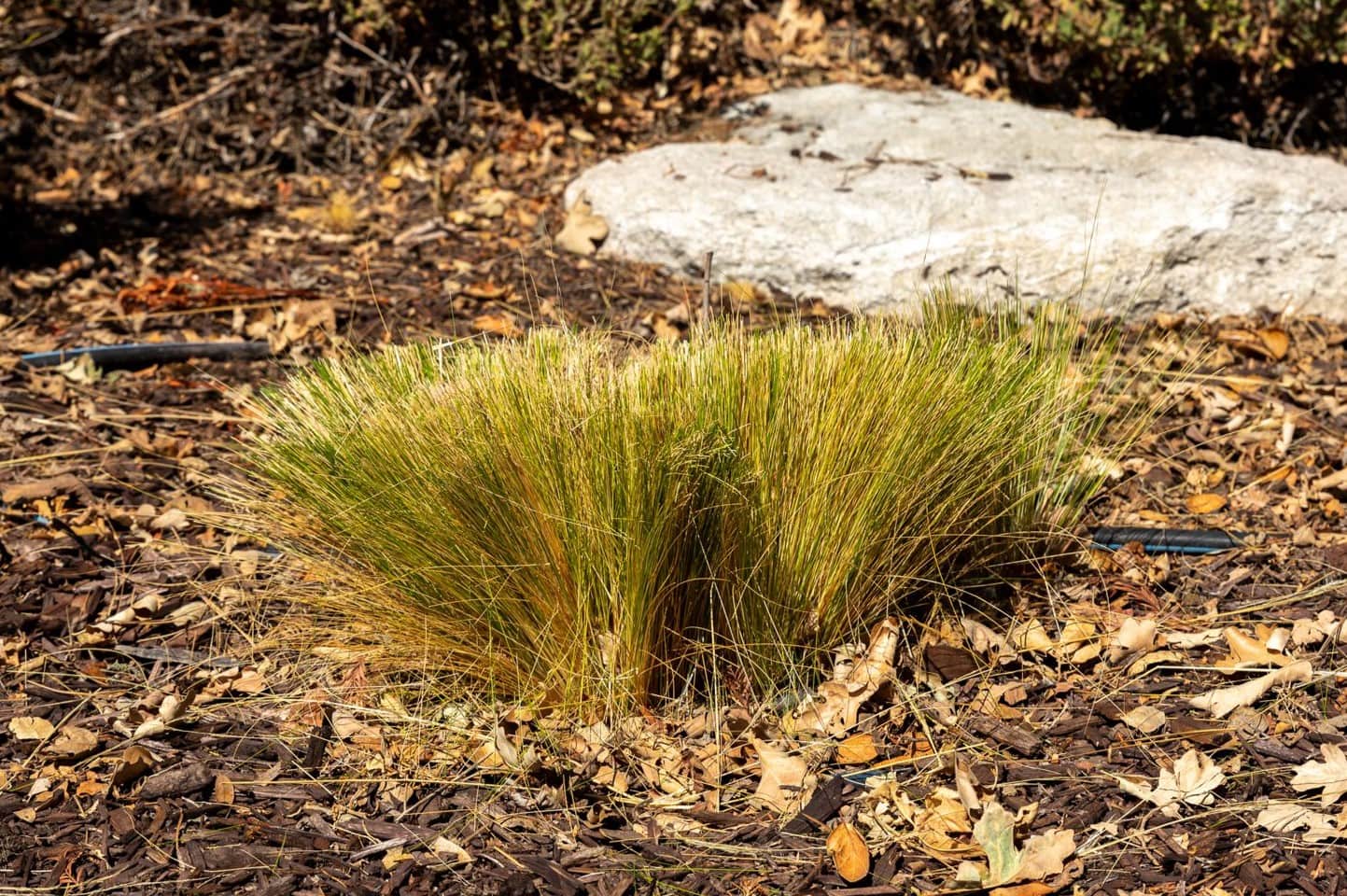

Landscaping Ideas
When To Cut Decorative Grass
Modified: February 18, 2024
Learn when to cut decorative grass to maintain a beautiful landscape. Get landscaping ideas and tips for trimming ornamental grasses.
(Many of the links in this article redirect to a specific reviewed product. Your purchase of these products through affiliate links helps to generate commission for Storables.com, at no extra cost. Learn more)
Introduction
Read more: When To Cut The Grass
Introduction
Decorative grasses are a stunning addition to any garden or landscape. Their graceful, flowing blades add texture, movement, and visual interest to outdoor spaces. Whether you have ornamental grasses planted as a focal point, border, or ground cover, maintaining their health and appearance is essential. One of the key aspects of caring for decorative grasses is knowing when to cut them. Proper timing and technique can make a significant difference in the overall health and aesthetic appeal of these plants.
In this comprehensive guide, we will explore the factors to consider before cutting decorative grass, the best time to perform this task, and essential tips to ensure a successful and visually pleasing outcome. By understanding the nuances of cutting decorative grass, you can elevate the beauty of your landscape while promoting the well-being of these beloved plants. Let's delve into the art of cutting decorative grass and unlock the secrets to a flourishing and picturesque outdoor haven.
Key Takeaways:
- Timing is crucial when cutting decorative grass. Consider the growth pattern, seasonal characteristics, and species-specific requirements to promote their health and preserve their ornamental value.
- Use sharp tools, consider growth habits, and dispose of debris thoughtfully when cutting decorative grass. This ensures a visually rewarding process and benefits the long-term health of the plants.
Factors to Consider Before Cutting Decorative Grass
Before reaching for the pruning shears, it’s crucial to assess several factors to determine if it’s the right time to cut your decorative grass. Understanding the specific needs of each grass variety and considering the current environmental conditions can help you make an informed decision. Here are the key factors to contemplate before embarking on the cutting process:
- Growth Pattern: Different ornamental grasses exhibit varying growth patterns. Some grow in clumps, while others spread through rhizomes or stolons. Understanding the growth habit of your grass will influence the cutting technique and frequency.
- Seasonal Characteristics: Consider the seasonal attributes of the grass species in your landscape. Some varieties are evergreen, maintaining their color and structure throughout the year, while others may go dormant or change color during specific seasons.
- Species-Specific Requirements: Each decorative grass species has unique preferences and tolerances. Research the specific care guidelines for your grass type, including preferred pruning times and methods.
- Current Health and Appearance: Assess the overall condition of the grass to determine if cutting is necessary. Look for signs of discoloration, wilting, or overgrowth that may indicate the need for pruning.
- Upcoming Weather Conditions: Take into account the weather forecast for the following weeks. Cutting grass during excessively hot, dry, or windy conditions can stress the plants and impede their recovery.
By carefully evaluating these factors, you can make an informed decision regarding the timing and approach to cutting your decorative grass. This thoughtful consideration will contribute to the overall health, vitality, and visual appeal of your landscape, ensuring that your grasses thrive and enchant throughout the seasons.
Best Time to Cut Decorative Grass
Timing is crucial when it comes to cutting decorative grass. The optimal time for this task varies depending on the specific grass species, seasonal characteristics, and regional climate. By aligning the cutting schedule with the natural growth patterns and dormancy cycles of ornamental grasses, you can promote their health and preserve their ornamental value. Here are some general guidelines for determining the best time to cut decorative grass:
- Early Spring: For cool-season grasses, such as blue fescue and tufted hair grass, early spring is an ideal time for cutting. This allows for the removal of any damaged or discolored growth from the previous winter while making way for new growth.
- Late Spring to Early Summer: Warm-season grasses, including fountain grass and switchgrass, are best pruned in late spring to early summer. This timing aligns with their active growth phase, ensuring that they recover quickly and maintain their vibrant appearance.
- Early to Mid-Summer: If your decorative grasses exhibit a clumping growth habit, consider cutting them back in early to mid-summer to rejuvenate their appearance and prevent the center from dying out.
- Late Fall to Early Winter: Many ornamental grasses showcase their striking seed heads and foliage colors in the fall. Consider delaying the cutting process until late fall to early winter to benefit from their visual interest and provide wildlife with food and shelter.
It’s important to note that the best time to cut decorative grass may also depend on your aesthetic preferences and the intended design of your landscape. Some gardeners prefer to retain the winter interest of certain grasses, leaving them uncut until late winter or early spring. Additionally, if your region experiences extreme cold or frost, delaying the cutting process can offer protection to the grass crowns during the winter months.
By aligning your cutting schedule with the natural growth patterns and seasonal characteristics of your ornamental grasses, you can ensure that the pruning process enhances their beauty and contributes to their overall vitality. This thoughtful approach allows you to savor the ever-changing allure of decorative grasses while supporting their long-term health.
Cut decorative grass in late winter or early spring before new growth begins. Use sharp, clean tools and trim to 2-3 inches above ground. This helps promote healthy regrowth.
Tips for Cutting Decorative Grass
When it comes to cutting decorative grass, employing the right techniques and considerations can make a significant difference in the health and visual appeal of these ornamental plants. Whether you’re shaping the grass for aesthetic reasons or promoting its vitality, the following tips can guide you towards a successful cutting process:
- Use Sharp Tools: Ensure that your pruning shears or hedge trimmers are sharp and clean. Dull blades can cause ragged cuts, leading to potential damage and increased susceptibility to pests and diseases.
- Consider the Growth Habit: Tailor your cutting technique based on the growth habit of the grass. Clump-forming grasses are typically cut back to a few inches above the ground, while spreading varieties may require more extensive thinning and rejuvenation.
- Remove Dead Foliage: Trim away any dead or discolored foliage, especially during the early spring, to encourage healthy regrowth and maintain the grass’s overall appearance.
- Protect Emerging Growth: If you’re cutting back cool-season grasses in early spring, take care to avoid damaging any emerging shoots or new growth at the base of the plant.
- Consider Wildlife and Habitat: Before cutting back ornamental grasses in the fall, consider the potential habitat and food sources they provide for wildlife. Delaying the cutting process can benefit local fauna and contribute to the ecological balance of your landscape.
- Dispose of Debris Thoughtfully: After cutting decorative grass, dispose of the trimmings responsibly. Consider composting the clippings or using them as mulch to enrich the soil and minimize waste.
- Observe Safety Precautions: When using power tools or handling sharp implements, prioritize safety. Wear appropriate protective gear, and exercise caution to prevent injuries during the cutting process.
By incorporating these tips into your approach to cutting decorative grass, you can ensure that the process is not only visually rewarding but also beneficial to the long-term health and vigor of the plants. Thoughtful and informed cutting practices contribute to the resilience and allure of ornamental grasses, enriching the landscape with their captivating presence.
Read more: When To Cut Liriope Grass
Conclusion
Mastering the art of cutting decorative grass is a nuanced and rewarding endeavor that allows you to harmonize the beauty of your landscape with the needs of these captivating plants. By considering the growth patterns, seasonal characteristics, and species-specific requirements before reaching for your pruning tools, you can ensure that the cutting process aligns with the well-being of your ornamental grasses.
Understanding the best time to cut decorative grass is essential for preserving their vitality and ornamental value. By timing the pruning activities to coincide with the natural growth patterns and dormancy cycles of the grass species in your landscape, you can promote their health while enhancing their visual allure throughout the seasons. Whether you’re trimming cool-season grasses in early spring to rejuvenate their appearance or delaying the cutting process to benefit from the fall splendor of warm-season varieties, thoughtful timing is key to a successful outcome.
Implementing the right techniques and considerations when cutting decorative grass can further elevate the benefits of this essential maintenance task. By using sharp tools, tailoring your cutting approach to the specific growth habits, and disposing of debris thoughtfully, you can ensure that the process not only enhances the visual appeal of your landscape but also contributes to the long-term health and resilience of the ornamental grasses.
As you embark on the journey of cutting decorative grass, remember that this task is not merely a chore but an opportunity to engage with and nurture the living tapestry of your outdoor sanctuary. By embracing the art and science of cutting decorative grass, you can savor the ever-changing allure of these plants while fostering a landscape that thrives and enchants with each passing season.
With these insights and considerations in mind, you are well-equipped to embark on the cutting process with confidence, knowing that your efforts will result in a flourishing and picturesque outdoor haven adorned with the timeless elegance of decorative grasses.
Frequently Asked Questions about When To Cut Decorative Grass
Was this page helpful?
At Storables.com, we guarantee accurate and reliable information. Our content, validated by Expert Board Contributors, is crafted following stringent Editorial Policies. We're committed to providing you with well-researched, expert-backed insights for all your informational needs.
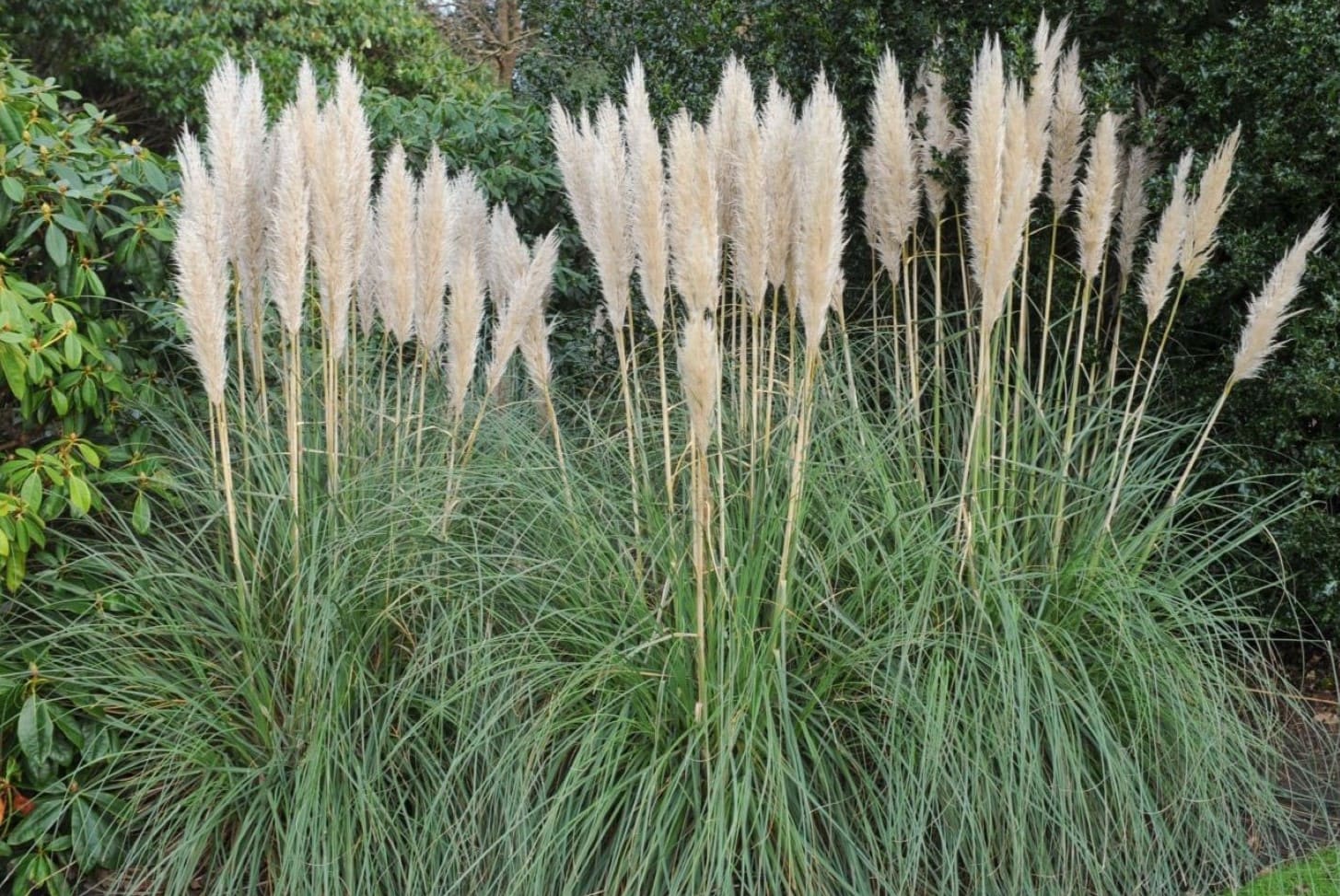
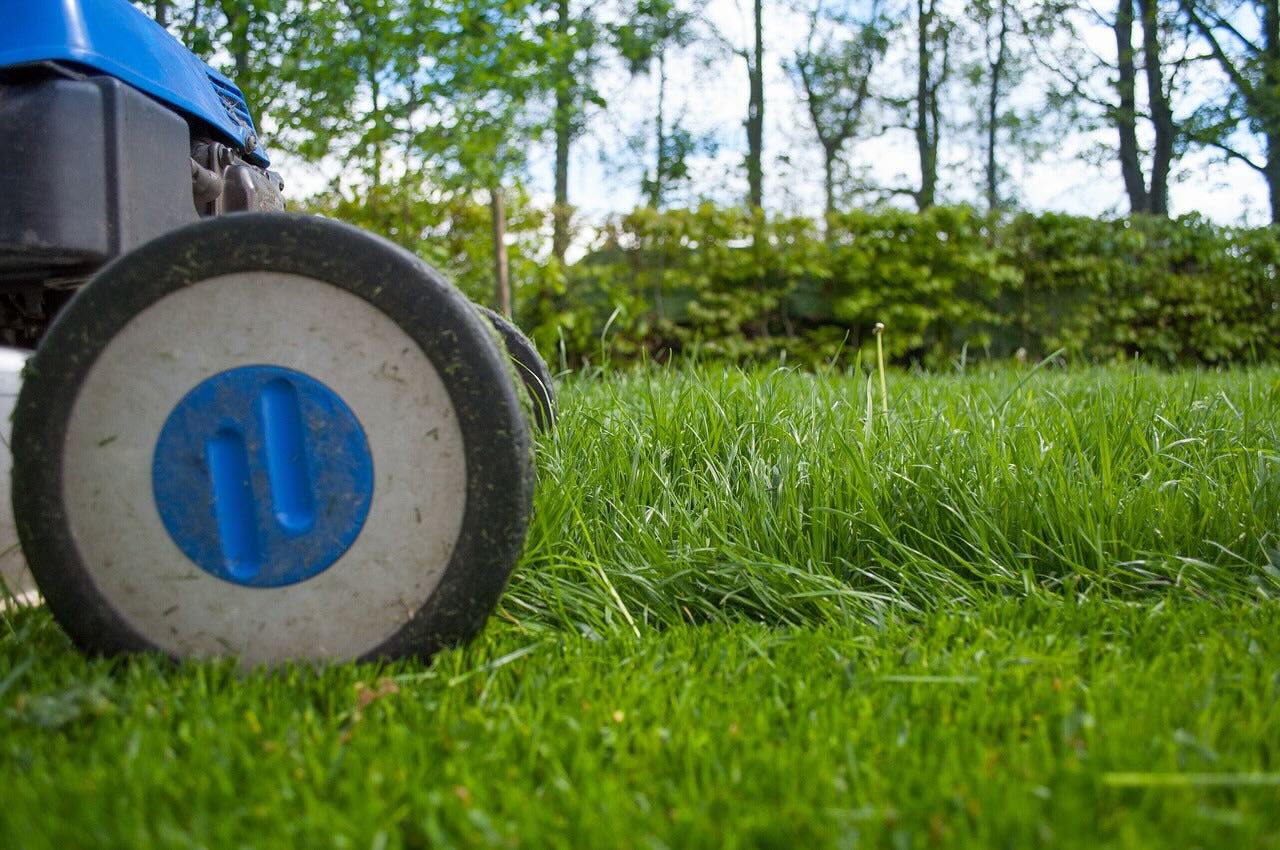
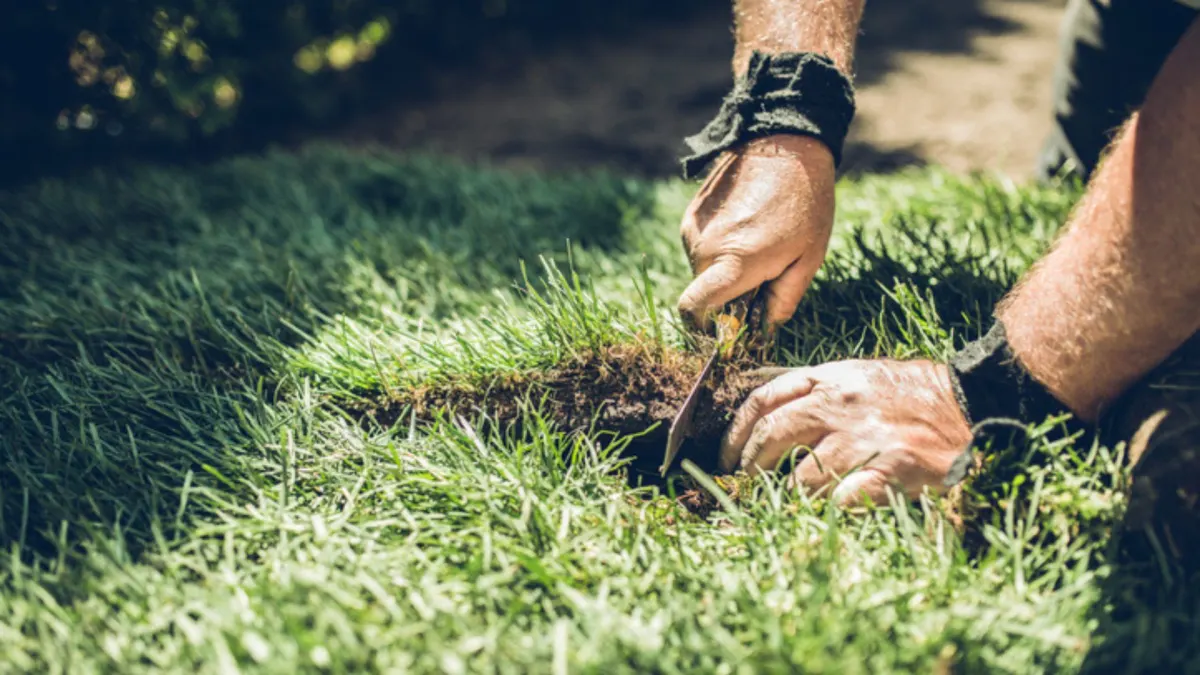
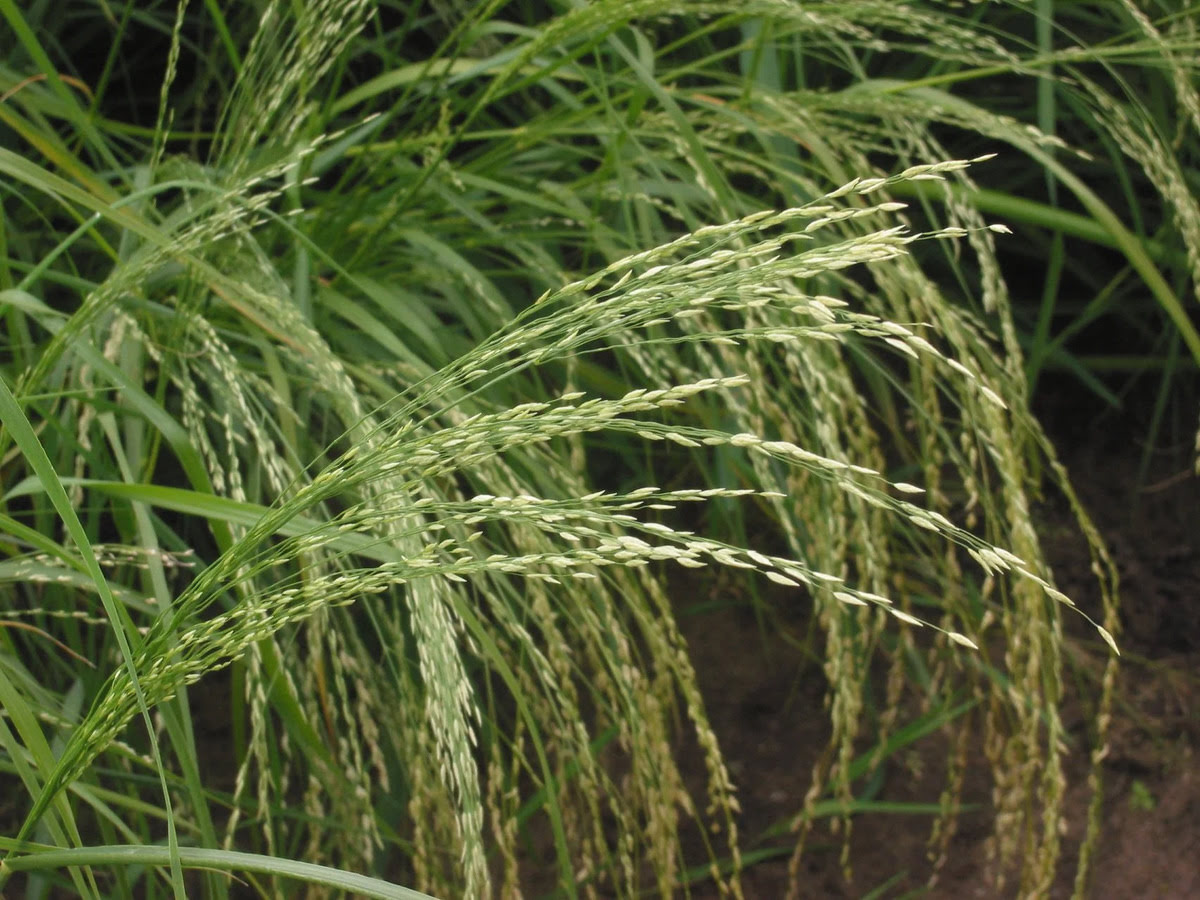
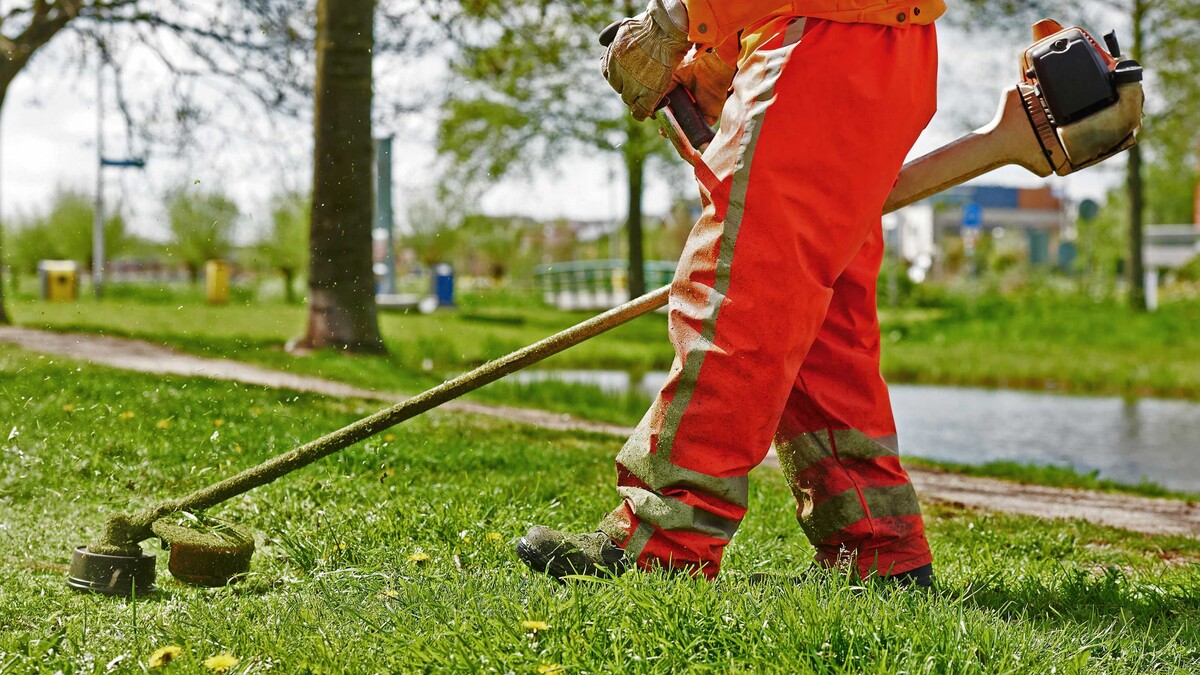
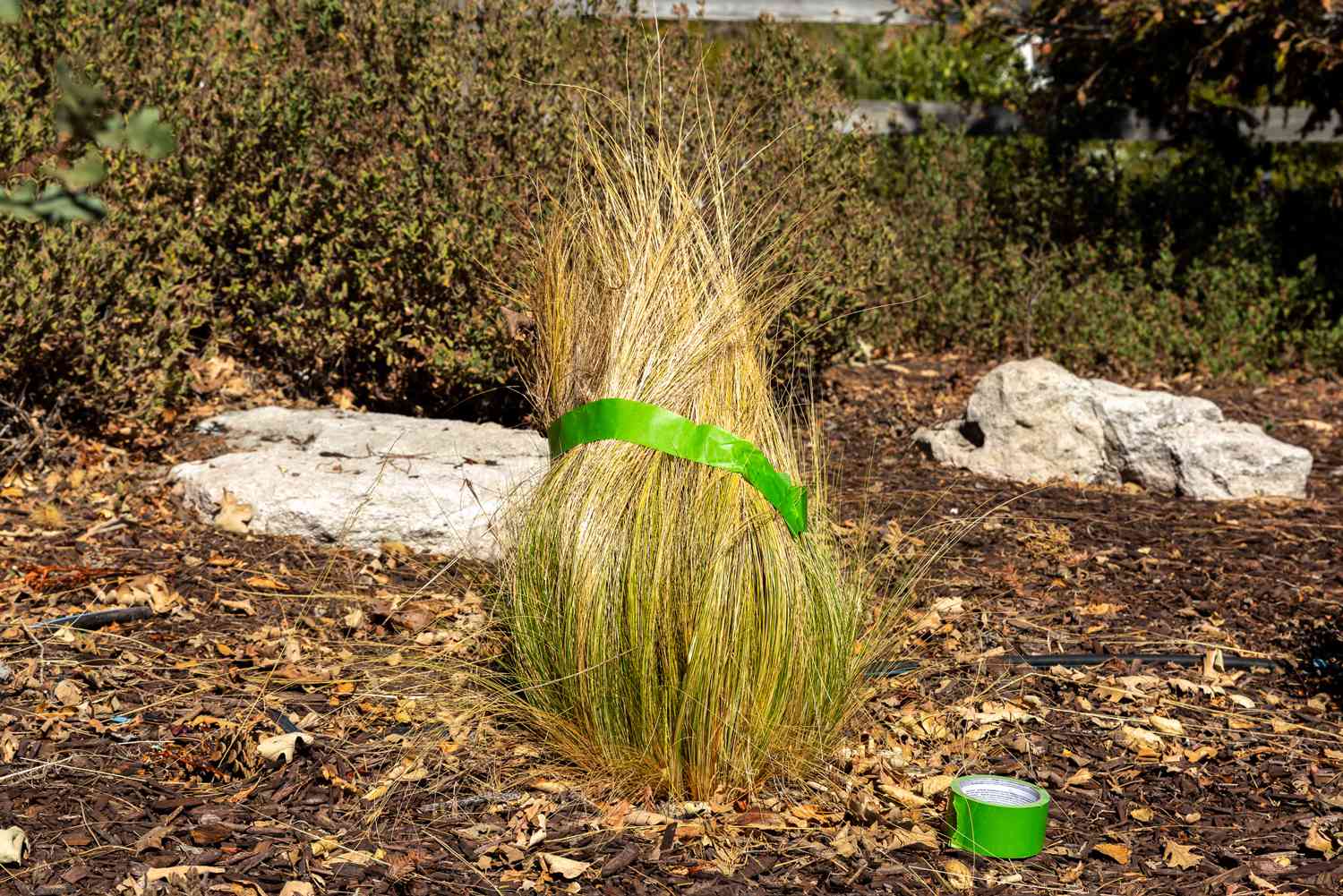
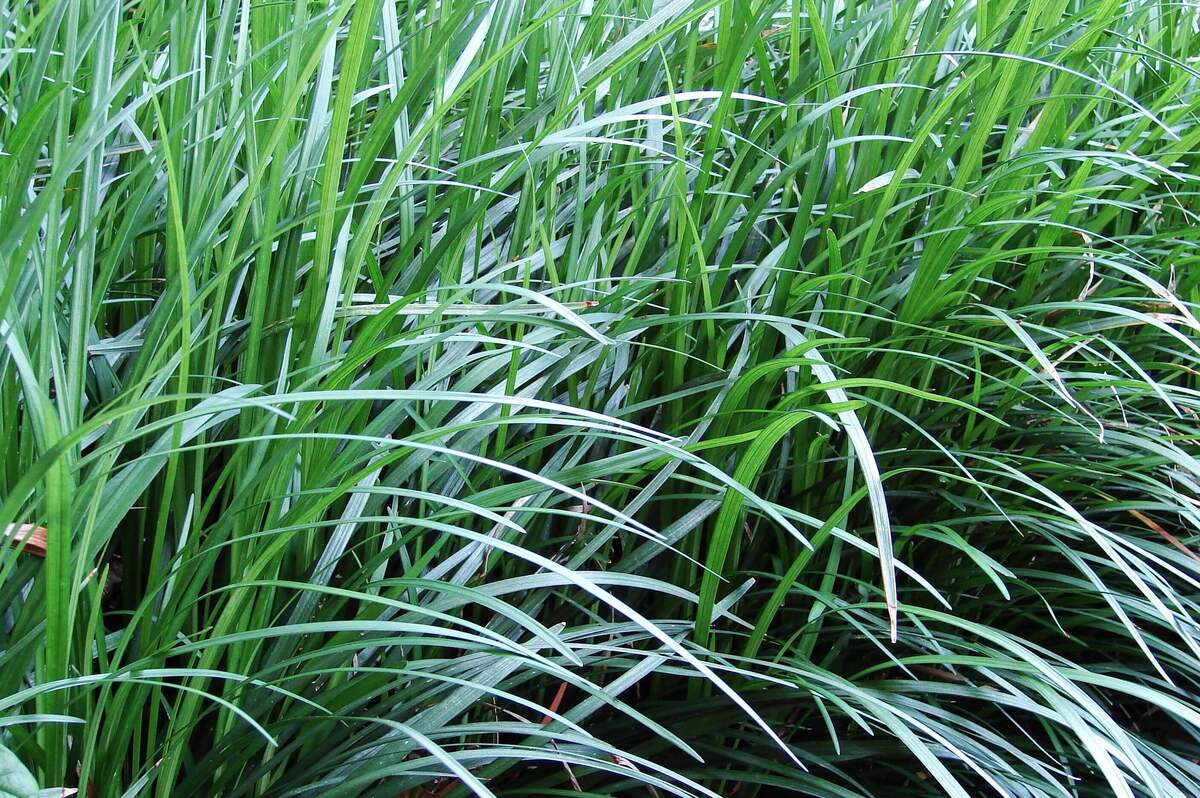

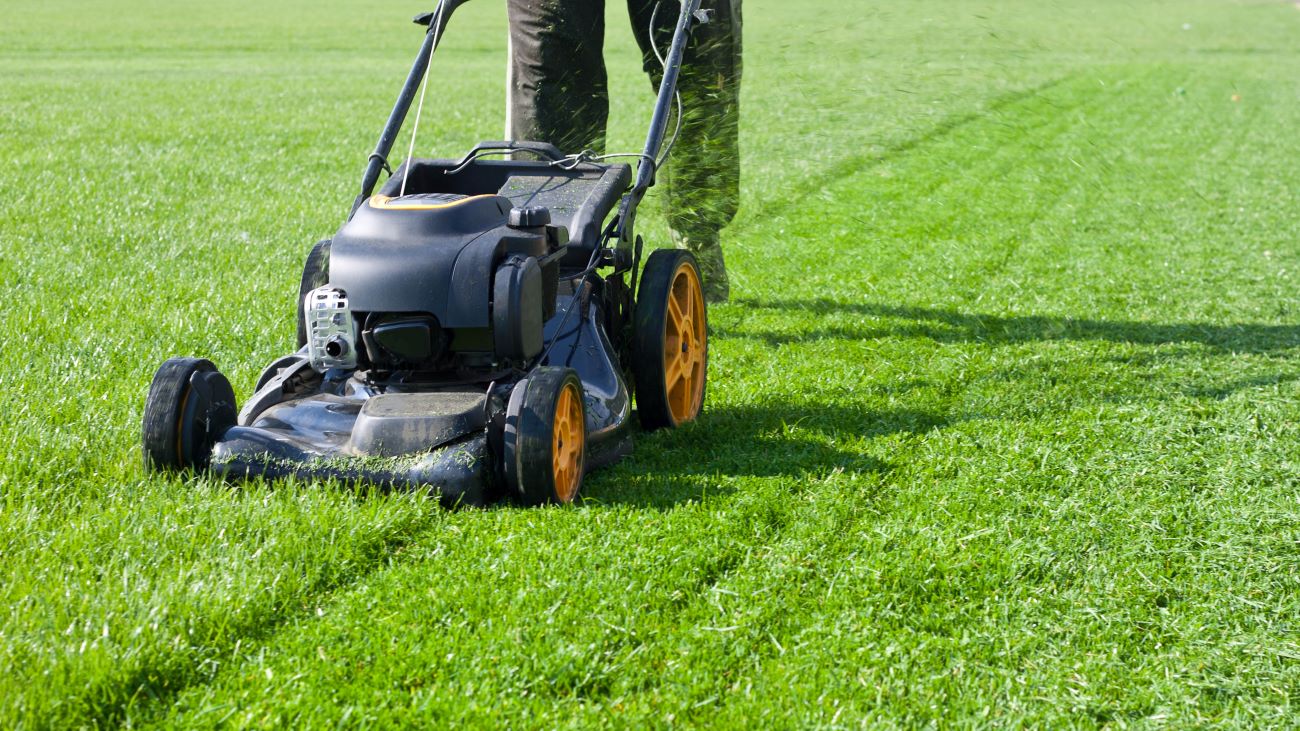
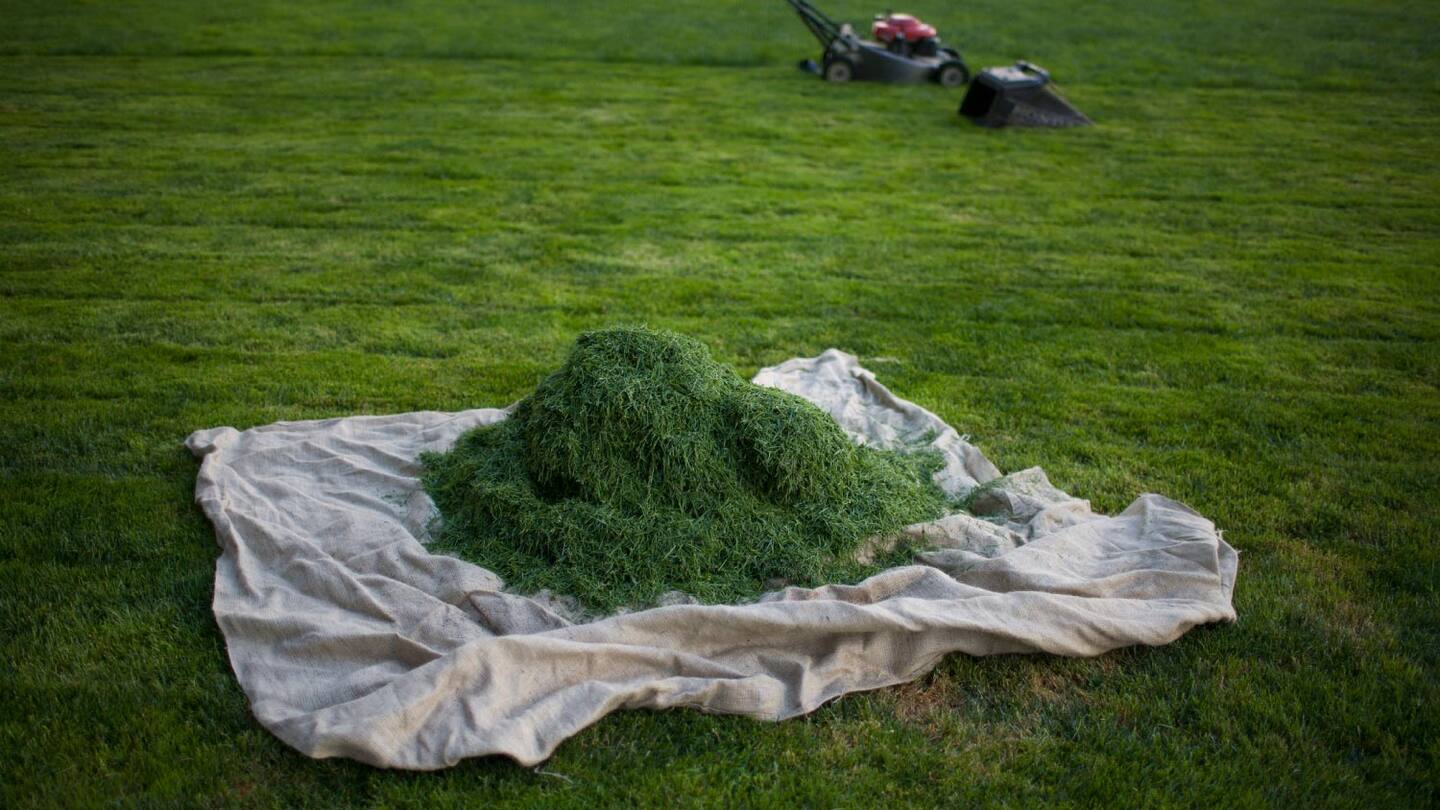
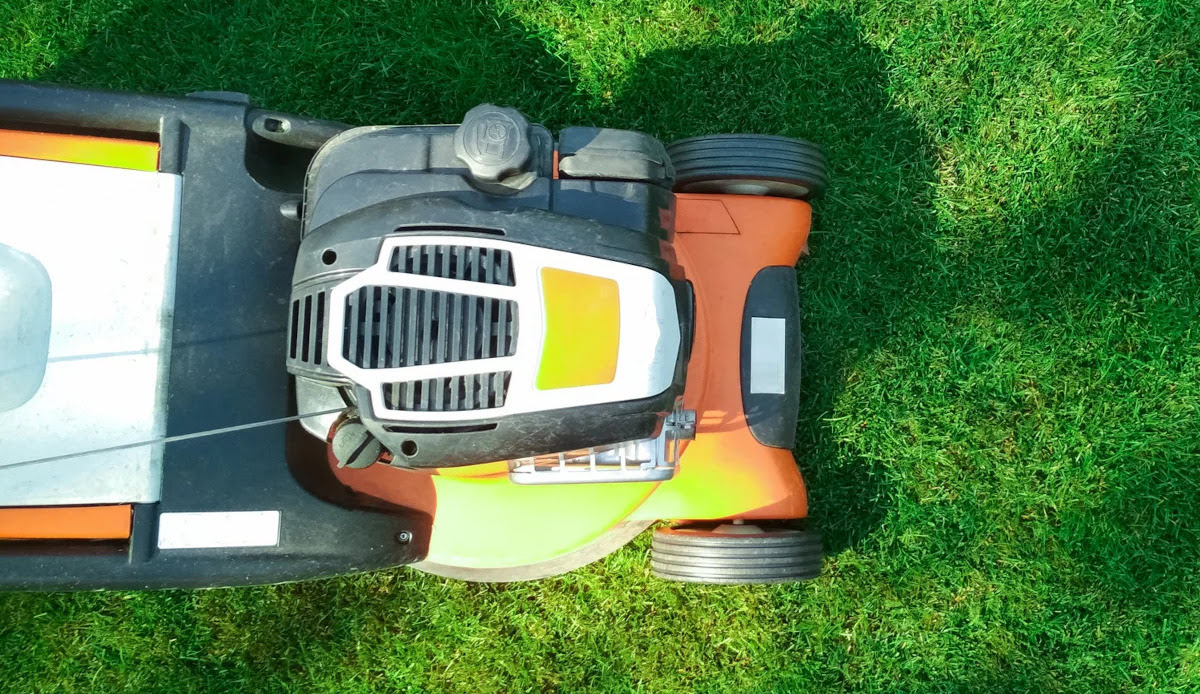
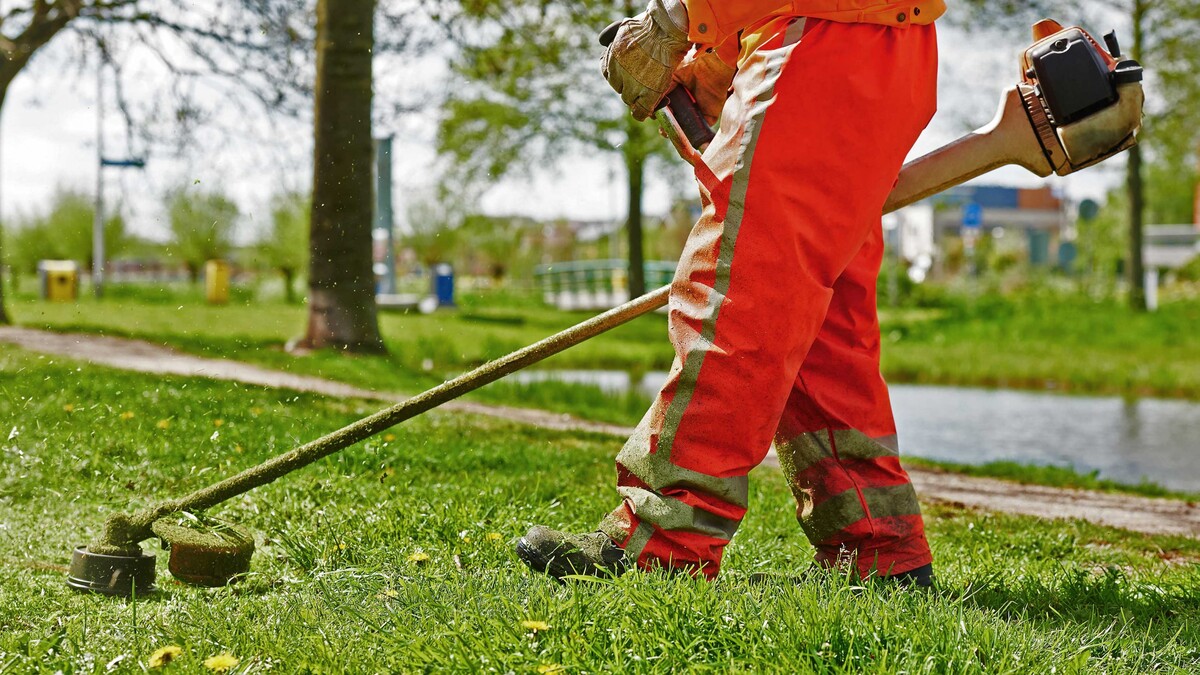
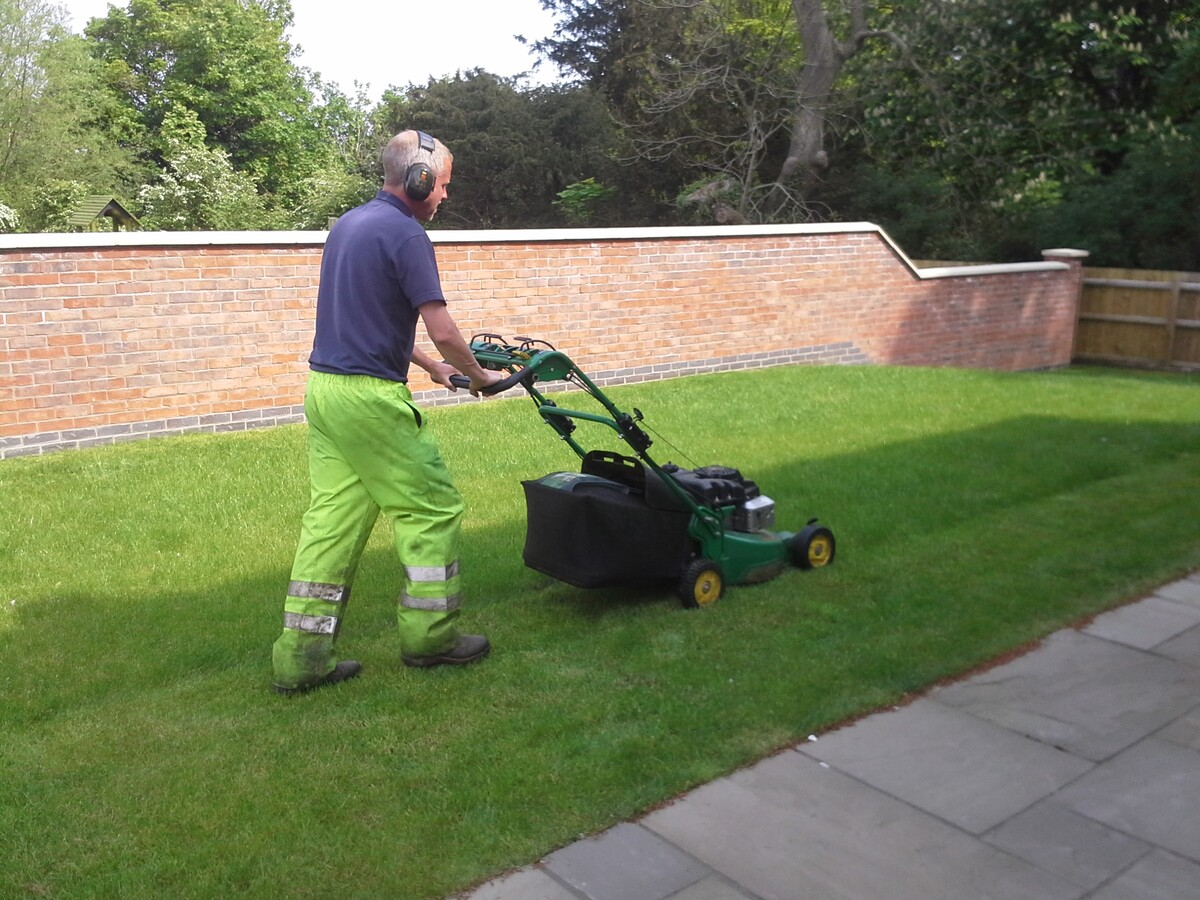
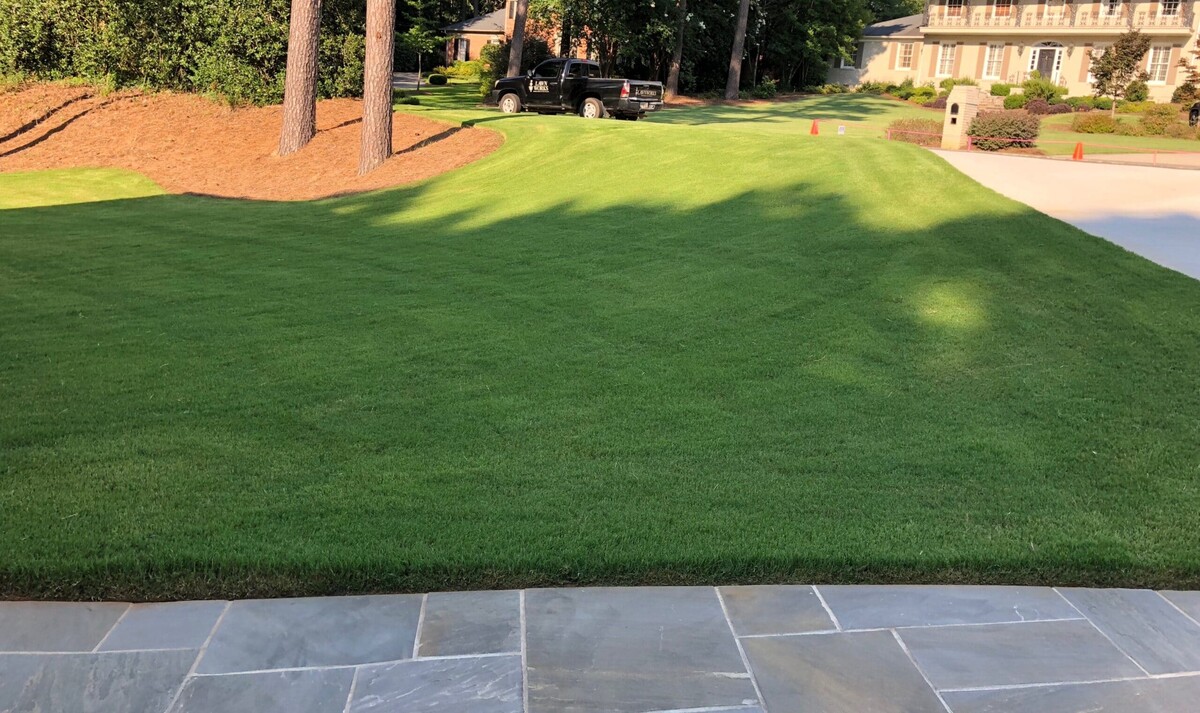

0 thoughts on “When To Cut Decorative Grass”